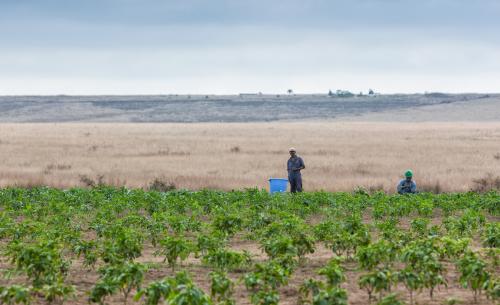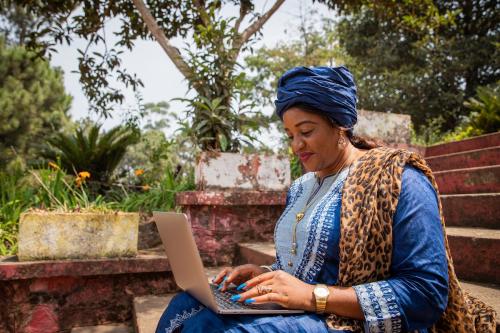In the last 10 days, I was part of two major events in East Asia: The inaugural Global Innovation Forum in Singapore and a One Belt One Road conference in Shanghai. Despite different focuses, both events discussed the big global shifts we are experiencing.
Rob Nail, CEO of Singularity University, was the most articulate when presenting the future of abundance, stating that “this is the slowest period of change we will experience.” Nail predicted “in seven years, everyone will be on the internet; energy will be for free in 50 years and, in 100 years, most of our manufacturing will not be on this planet.”
If you think that these predictions are wildly exaggerated and science fiction-like, have a look at Ray Kurzweil amazing TED talk of 2009. Kurzweil is the original founder and mastermind of Singularity University (interestingly, in German “kurzweilig” means entertaining). In this TED talk, he explains exponentiality in a very simple way: “If I take 30 steps linearly, I get to 30. If I take 30 steps exponentially, I get to a billion.” He goes on to show how “predictable” the digital transformation had been since it follows this exponential path. This is why people fell into the trap of questioning the purpose of the 14-year genome project: “Skeptics said that this is not working out. You are halfway through the genome project and you only finished 1 percent of the project. But this was right on schedule because if you double 1 percent seven more times, which is exactly what happened, you get 100 percent.”
If you combine technological breakthroughs with geo-economics shifts, you have no way to escape the opportunities of the Eurasian integration. Europe and Asia together roughly represent 70 percent of the world’s population and 70 percent of global GDP. If you just introduced driverless trucks, as a Center for Strategic and International Studies note illustrates, you can spark a new surge of Eurasian trade. In a world where transport by plane often remains too expensive and trade by ship too slow, overland transport can see a revival in Eurasia—assuming policies will reduce the burdens of cross-border trade.
A must read for shorter projection into the economic future is the IMF’s World Economic Outlook (WEO) titled Seeking Sustainable Growth projecting strong global growth of 3.6 percent in 2017 and 3.7 percent in 2018. The WEO also provides five year GDP projections for every country. For projections until 2030 presented in five scenarios, including long-term shifts in education, climate, and income convergence, look at the Shared Socio-Economic pathways. These pathways were mainly developed by the International Institute for Applied Systems Analysis (IIASA), one of the main drivers behind the Shanghai conference last week.
The World Poverty Clock includes the IMF and IIASA forecasts and is providing first ever projections for extreme poverty (United Nations Sustainable Development Goal 1) until 2030 for every country. With the latest data, a new forecast will be made shortly. As the end of the SDGs is only a little more than a decade away, the clock is ticking. Some of the countries that are on the wrong track, e.g., Nigeria and Democratic Republic of Congo, will need a boost and some magic from Ray Kurzweil and his team to end poverty by 2030.




Commentary
Future Development Reads: Dispatch from East Asia
October 13, 2017